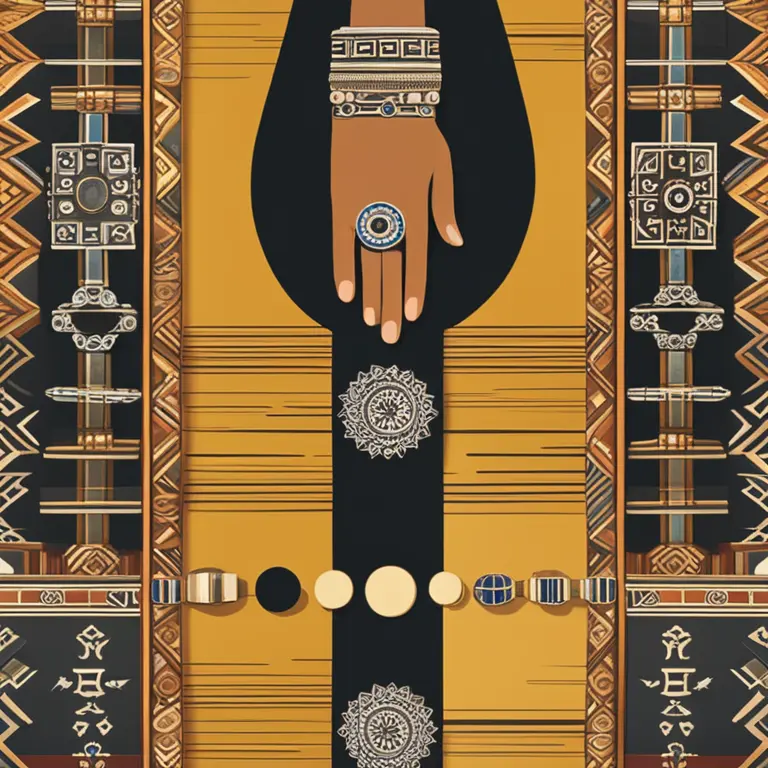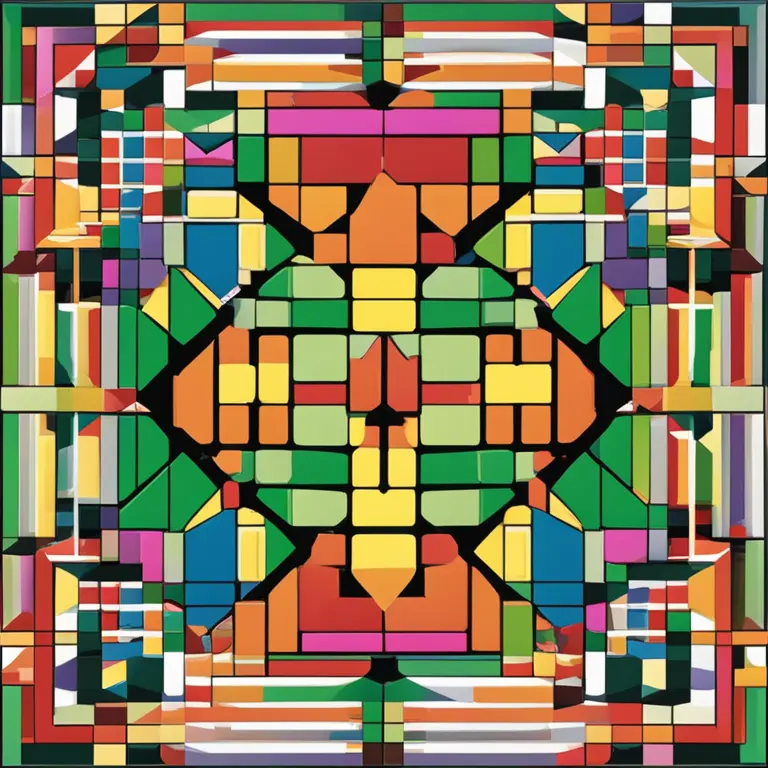
The Ring Tradition: Correct Hand and Finger for Engagement Rings
Explore the traditions behind the engagement ring placement. Learn about which hand and finger bears the symbol of love and commitment in different cultures.
article by Nora Pennington
The Symbol of Commitment
Engagement rings have long been a symbol of love and the intent to marry. These small but prominent pieces of jewelry carry deep significance, and their placement is not without tradition and cultural understanding. The tradition of wearing an engagement ring on a specific hand and finger dates back to ancient times and varies across the world. It's essential to understand the history to appreciate the nuances of this tradition, which carries through to modern times and may evolve as cultures intermingle and new practices emerge.

Western Custom: Left Hand's Ring Finger
In many Western cultures, the engagement ring is traditionally worn on the fourth finger of the left hand. This custom is believed to have originated from the ancient Roman belief in the "vena amoris," or "vein of love," which was thought to run directly from the heart to the top of the left ring finger. Although this has been medically disproven, the romantic notion persists, and the left ring finger remains the place for engagement rings in countries like the United States, Canada, the United Kingdom, and many European nations.

Cultural Variations and Exceptions
Not all cultures follow the same practice. For instance, in some Eastern cultures, such as India and Russia, it is common to wear the engagement ring on the right-hand ring finger. The reasons for this vary from cultural beliefs to practicality. Additionally, countries like Germany and the Netherlands often see the engagement ring worn on the left hand, then moved to the right hand after marriage.

The Significance of the Ring Finger
But why the ring finger? Whether it's the left or the right hand, the ring finger is usually singled out for matrimonial jewelry. Historically, this finger was thought to be special due to the vena amoris. However, in a modern context, it's often chosen because it's one of the less used fingers, reducing wear and tear on the ring, while also having enough exposure to be seen.

Current Trends and Personal Preferences
While tradition plays a significant role in engagement ring placement, contemporary trends and personal preference are becoming increasingly important. Some choose to forego traditional practices altogether, opting for different fingers, hands, or even types of jewelry such as tattooed rings. It’s not uncommon now for partners to choose unique ways to symbolize their commitment that resonate more personally with their relationship.
The Future of Engagement Ring Traditions
As society becomes more global and diverse, engagement ring customs may continue to evolve. In the constantly interconnected world of 2024, it's possible that customs blend and new traditions arise. We may see a more open interpretation of how and where engagement rings are worn, as individuals from different backgrounds share their practices and create their unique interpretations.
Consultation with a Professional
For those intrigued by the cultural significance of engagement ring placement or who are unsure about how to incorporate tradition into their engagement, consulting with an expert in wedding traditions or a cultural anthropologist may provide valuable insights. They can explain the roots of these customs and offer advice on how to honor them in your own experience.
Published: 1/11/2024
Modified: 1/12/2024
More predictions
Come back here soon to learn more about yourself and your future


Can Palmistry Foresee One’s Demise?
Delve into the contentious debate about whether palmistry can predict the end of life and the ethical considerations of such a claim.


The Essence of Palmistry: Interpreting Lines and Shapes
Delve into the world of palmistry to discover the meanings behind the lines and shapes etched into the palms of your hands.


The Ancient Art of Vedic Palmistry
Discover the ancient art of Vedic Palmistry and its practice in the modern era, revealing the secrets held within the lines of the hand.